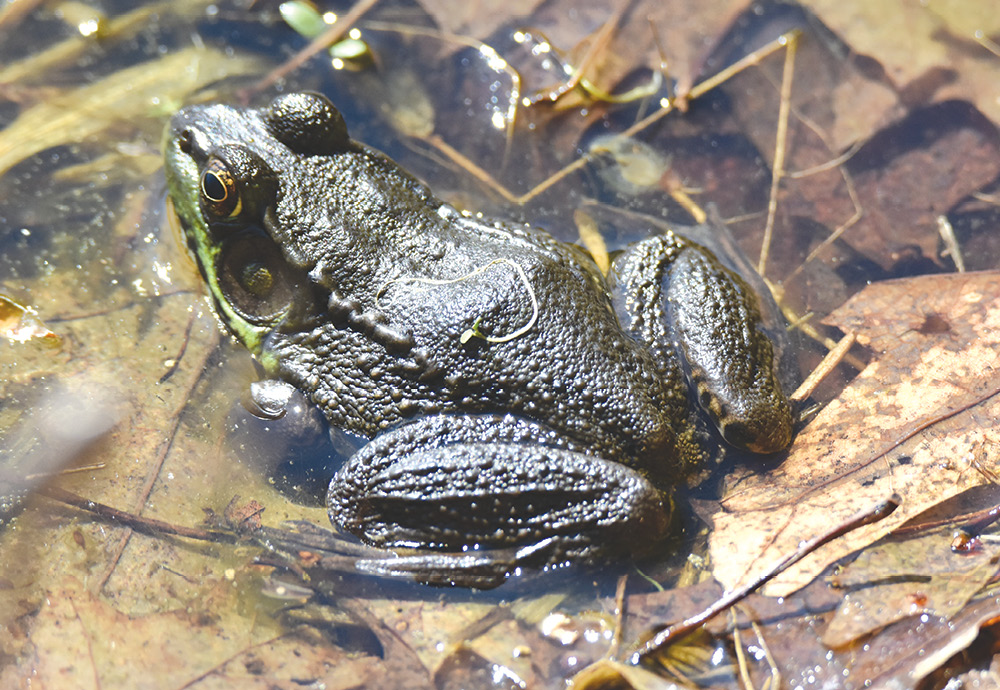When we were kids, one of the highlights of any trip downtown was the possibility of stopping at the gas station on Mountain Road. While the service guy sauntered out to fill up the family station wagon, the four of us would have our heads out the windows taking deep, gasoline infused breaths as, believe it or not, we loved that gasoline aroma. If it wasn’t necessary to fill up, we would continue to the old Suffield Hardware which was at the bottom of the hill, and there we would be let loose to roam the back which was mostly a feed store. We’d plunge our arms into the bins of sweet feed and rabbit pellets and take in those wonderful smells of alfalfa and molasses while our mother bought light bulbs. Some days, if we were really lucky my dad would drive us around town, again with the windows down, as he sought out farms that had just spread manure on the fields. He loved that aroma as it reminded him of his days on the farm. So he would be sure to slow way down when we passed by and model inhaling all that goodness. And we would do the same.
The weekdays weren’t as exciting, but we did smell our share of paste at Bridge Street School which might explain a lot. And when we sensitized ourselves to that smell, there was always a fresh batch of mimeos with their purple perfume for us to inhale. When we got home from school, the smell of the wetlands drew us like a magnet. And that continues to pull at my hiking group as we map out our route each week, and more often than not, we include a hike which has us trudging through knee deep muck or teetering on the edge of a pond.
These days we are seeing our share of majestic green frogs when we tromp around in their territory. A substantial frog, the green frog is usually olive green with large circular eardrums on the side of his head. He has prominent ridges down his back which differentiate him from his bull frog cousin. Like any good sport, they eat a varied diet including insects, mice, fish and other amphibians. The green frog is the picture of patience as he lies and waits for his prey to make the first move. Around this time of year the males, who are smaller with a yellow throat, call to establish territories or lure mates in. When a compliant female can no longer resist the males’ allures, she then summons enough energy to lay up to 7,000 eggs which are fertilized and will hatch into tadpoles in a few days. The tadpoles start out in the shallows eating algae, and as they grow, they take to deeper water expanding their diet thanks to their large frown-shaped mouths. But big frogs take some time to metamorphose, especially in these parts. Often the oversized tadpoles will need to overwinter in the mud for a season until finally growing their legs and losing their tail to emerge as one of these stoic beauties poised to inhale all the wonderful smells of Suffield.
There is much to admire in the green frog: his impressive size, his banjo strumming croak, his taut dappled skin, his muscular legs. But I usually limit my eye contact as I recall dissecting his kin folk in biology class many moons ago. My lab partner and I would wield our knife cutting through the skin, muscles and breast bone to lay the frog out. With the smell of formaldehyde wafting through the lab, we prepared to identify diminutive livers and coiled intestines. Needless to say, the frogs and I are much happier with our arrangement today as we size each other up on the banks of local ponds and let bygones be bygones.
